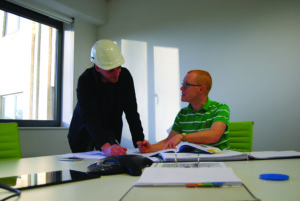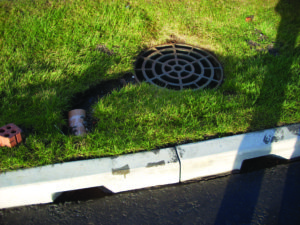What are the three most important requirements for good SuDS construction?
Steve Wilson, EPG
Communication – Communication – Communication
Communication is often lacking in the construction industry, but this is normally the root cause of most construction problems.
Designers need to be able communicate their design – as well as be responsible for the whole design. An example of a common problem is the design of geocellular tanks and the typical design drawing that has a blank rectangle for the tank with the statement – “geocellular tank installed to manufactures requirements”. That is not a design. A design involves assessing the loads and the strength of the tank units and specifying a performance requirement for the tank units. Fortunately, issues like these were addressed by the guidance in the CIRIA SuDS Manual (CIRIA C753) – there are pro formas that industry should be using so that the person responsible for the structural and hydraulic design is clear and is under contract. If you are obtaining advice from a supplier make sure they are under contract as a designer so they cannot wriggle out if/when things go wrong!

The drawings and specification should be sufficient to allow a contractor to be able to construct the SuDS component or scheme – whatever approach is being used. This requires designers that have spent a lot of time on site and understand the construction process – something that is now often lacking. You cannot communicate a good design if you do not understand the practicalities of construction. The art of good specification writing also appears to have been lost – the NBS is not really that user friendly for SuDS, with items hidden in various sections and little understanding from designer on how to write tight specifications. A few weeks working alongside a quantity surveyor looking for potential claims is a valuable education for a designer. An example is a permeable pavement design where a specification had no mechanism for increasing the capping layer thickness if the CBR was less than designed for.

There is a reluctance to pay designers to supervise construction these days, although they are the first ones called by contractors when it all goes wrong (often having not been consulted when changes were made on site). Having the designer explain to the people actually doing the construction pays dividends in the long run. Again, CIRIA is trying to address this issue with the Guidance on the construction of SuDS, (CIRIA C768). An example is the substitution of a blue roof system without any reference to the designer and no understanding of how the flow control and design worked. All on the assurance from a supplier that it was an equivalent system – resulting in poor performance and flooding of a podium deck.
So the main mantra of improving SuDS construction has got to be:
Communication – Communication – Communication. Let’s get talking!